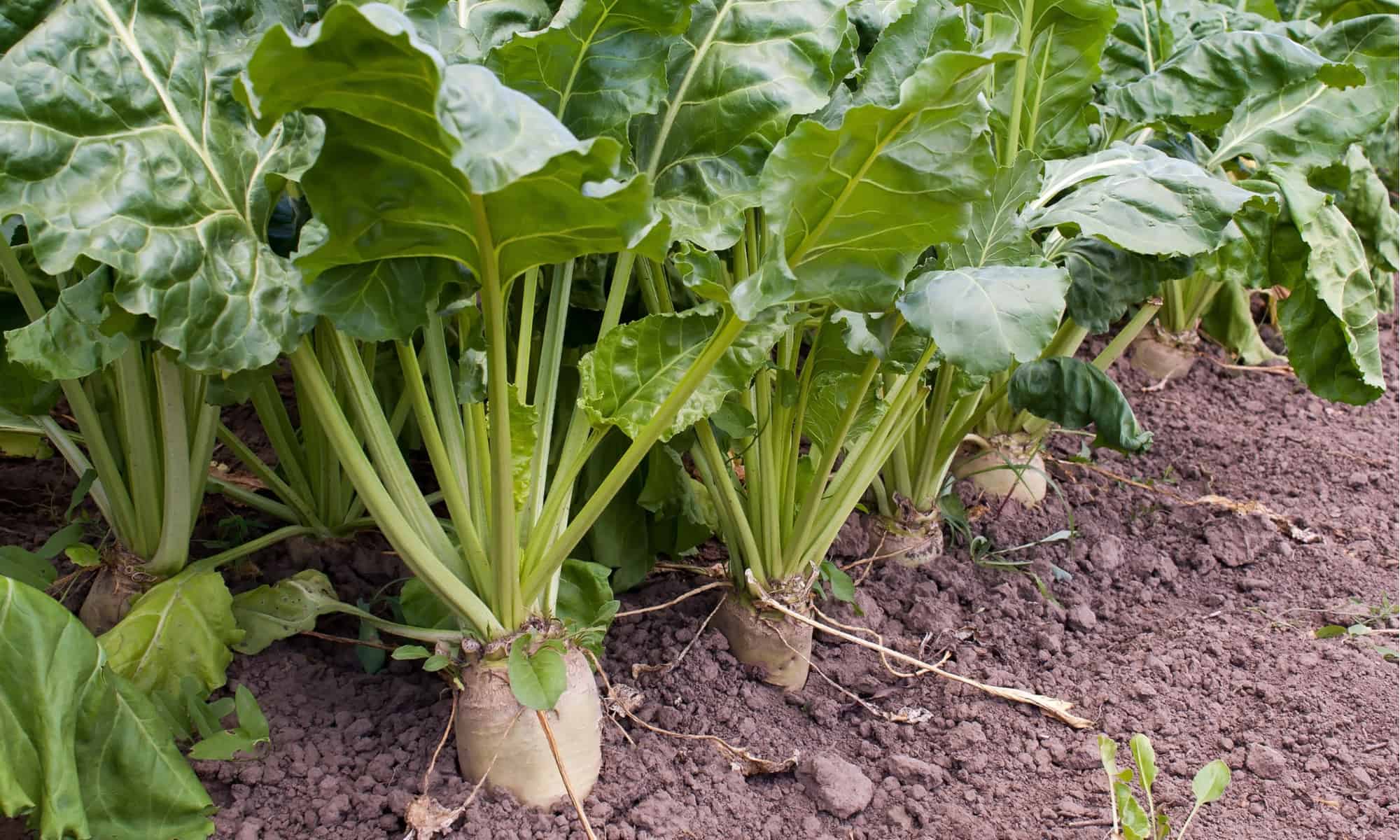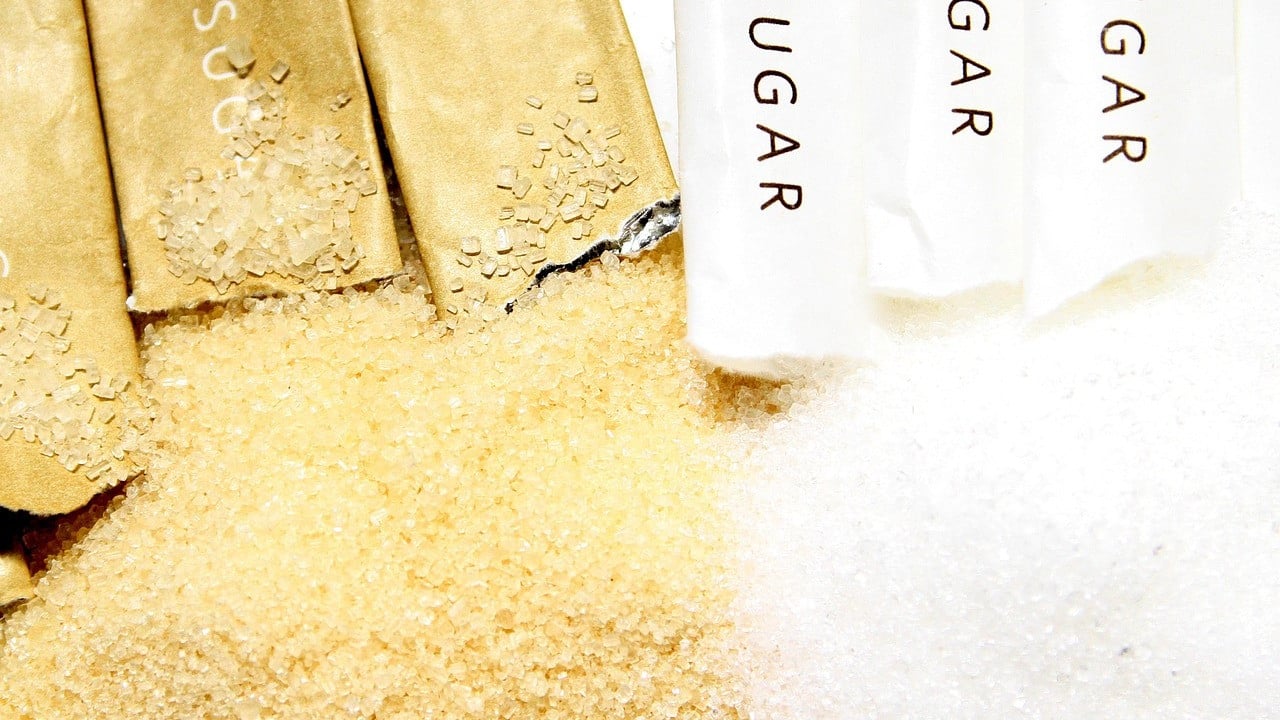Many recipes specify either beet sugar vs cane sugar, depending on the intended outcome.
Many recipes specify either beet sugar vs cane sugar, depending on the intended outcome.
Blog Article
Discover the Uses and Benefits of Beet Sugar Vs Cane Sugar in Your Daily Diet
Exploring the unique qualities of beet and cane sugar reveals greater than simply their sweetening capacities; it highlights their distinct effect on health and wellness and culinary arts. Beet sugar, understood for its refined taste, is typically favored in delicate treats, whereas cane sugar, with its tip of molasses, adds richness to robust dishes. Each kind holds its own dietary profile and glycemic ramifications, inviting a much deeper understanding of their functions in a well balanced diet and lasting usage practices.
Beginning and Manufacturing Procedures of Beet and Cane Sugar

The distinct environments and dirt kinds needed for growing sugar beets and sugarcane add to differences in their growing techniques and geographic distribution, affecting the economics and sustainability of their manufacturing. beet sugar vs cane sugar.
Nutritional Contrast Between Beet Sugar and Cane Sugar
Despite stemming from various plants, beet sugar and cane sugar are nutritionally very similar, both largely including sucrose. Each offers about 4 calories per gram, converting to approximately 16 calories per teaspoon. Structurally, both sugars are made up of about 99.95% sucrose, with minimal amounts of various other materials like wetness and trace element, which do not substantially modify their dietary accounts.

Inevitably, when choosing between beet sugar and cane sugar based upon dietary web content alone, both deal similar benefits and drawbacks as they are essentially kinds of the very same molecule-- sucrose, offering fast power without various other nutrients.
Effect On Wellness: Glycemic Index and Caloric Material
Discovering even more into the results of beet sugar and cane sugar on health and wellness, it is crucial to consider their glycemic index and caloric content. The glycemic index (GI) of both beet and cane sugar is around 65, categorizing them as high-GI foods, which can trigger quick spikes in blood sugar degrees.
Each kind of sugar contains about 4 calories per gram, making their calorie material matching. For those monitoring caloric intake, especially when taking care of weight or metabolic health and wellness conditions, comprehending this equivalence is important (beet sugar vs cane sugar). However, check excessive consumption of any type of high-calorie, high-GI food can add to health problems such as excessive weight, cardiovascular disease, and insulin resistance.
Environmental and Economic Considerations of Sugar Manufacturing
Beyond health impacts, the production of beet and cane sugar additionally elevates considerable environmental and economic worries. Sugar beet cultivation often tends to require cooler climates and has a reduced geographical impact compared to sugar cane, which flourishes in tropical regions.
Additionally, making use of pesticides and fertilizers in both beet and cane sugar farming can bring about dirt degradation and contamination, further affecting biodiversity and neighborhood water bodies (beet sugar vs cane sugar). The option in between cultivating sugar beet or cane typically rests on regional environmental conditions and financial aspects, making the sustainability of sugar production a complex concern
Culinary Applications and Taste Differences
While the ecological and financial facets of sugar production are indeed considerable, the selection between beet and cane sugar likewise affects cooking applications and taste profiles. Beet sugar, stemmed from the sugar beet plant, is understood for its remarkably neutral preference. This makes it a versatile active ingredient in cooking, where it does not modify the taste of various other parts. It liquifies rapidly and is optimal for use in cakes, cookies, and pastries.
Cane sugar, removed from sugarcane, usually maintains molasses traces, which pass on a distinct splendor and deepness. This slight molasses flavor improves the intricacy of baked products, sauces, and sauces. It is particularly preferred in things where a caramel undertone is desired, such as in brownies or gingerbread. In addition, the mild variation in dampness content between beet and cane sugar can affect the appearance and uniformity of meals, making cane sugar a preferred option for particular dishes that benefit from its special buildings.

Final Thought
In verdict, both beet and site link cane sugar have distinctive origins and manufacturing procedures, offering comparable dietary accounts with mild differences in salt web content and flavor. While their effect on health, especially regarding glycemic index and calories, is similar, the selection in between them usually steams down to ecological, try these out financial factors, and particular cooking requirements. Recognizing these elements can direct customers in making educated decisions that line up with their health and wellness objectives and flavor preferences.
Report this page